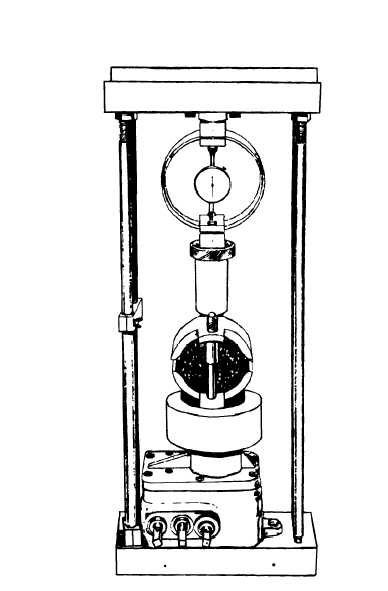Figure 13-37.-Marshall stability testing head mounted in CBR
jack.
however, we’ll briefly discuss the method here. The
apparatus used for testing stability and flow of the
specimen is shown in figure 13-37. This figure shows a
Marshall stability testing head containing the specimen,
mounted on the plunger of a bearing-ratio jack. This test
head consists of upper and lower breaking heads. A
5,000-pound proving ring with a dial is installed in the
jack.The test for stability is made by applying pressure
gradually, about 2 inches per minute, and reading the
maximum pressure the specimen sustains before failing.
The test for flow is carried out simultaneously by
holding a flow meter over the testing head guide rod
(vertical rod shown running through the testing heads)
and reading the meter at the instant the specimen fails
under pressure. This reading indicates the flow value of
the specimen in inches to the nearest 0.01 inch.
HAZARDOUS-MATERIAL
PRECAUTIONS
Although the Navy has exacting definitions for the
terms hazardous material, hazardous chemical, and
hazardous substance, let’s, for simplicity of discussion,
lump them all together and simply say that these
materials, because of their quantities, concentration, or
hazardous properties, pose a substantial hazard to
human safety and health or to the environment. The risks
associated with these materials include flammability,
toxicity, corrosivity, and reactivity. From your study of
this chapter and the EA3 TRAMAN, you should be able
to see readily how many of the materials you test, or use
for testing, in the laboratory fall within the above
definition. Heated asphalt can cause severe burns if
allowed to come into contact with the skin, and asphalt
cutbacks are highly flammable with low flash points.
Some of the chemicals that you will use in materials
testing are highly toxic and corrosive. Others react with
water, forming explosive gases; however, not all of the
hazardous materials that an EA uses are confined to the
laboratory. For example, the ammonia used with
reproduction equipment gives off highly toxic fumes.
For these and other reasons, all such materials must be
handled, used, stored, and disposed of properly and with
caution. As a crew leader, you must recognize the threat
that hazardous materials pose to all personnel present
on the jobsite and take action to prevent mishaps.
Material Safety Data Sheets (MSDS) must be
received and maintained for all hazardous materials in
your work space. The MSDS identifies any hazards
associated with exposure to a specific material. It
identifies personal protective equipment and other
safety precautions required as well as first aid or medical
treatment required for exposure. By federal law, a crew
leader is required to inform his or her crew members of
the risks and all safety precautions associated with any
hazardous material present on the jobsite. A good time
for you to do this is during your daily standup safety
lectures.
A safe practice concerning hazardous materials is to
not draw more material than will be used in 1 day.
Storing hazardous materials in the workspace or on the
jobsite requires the use of approved storage containers.
Some of these materials require separate storage; for
example, flammable materials and corrosive materials
cannot be stored together. When in doubt about storage
requirements, consult with your supervisor or the safety
officer.
Excess hazardous materials or hazardous waste
products must be disposed of through an authorized
13-50

